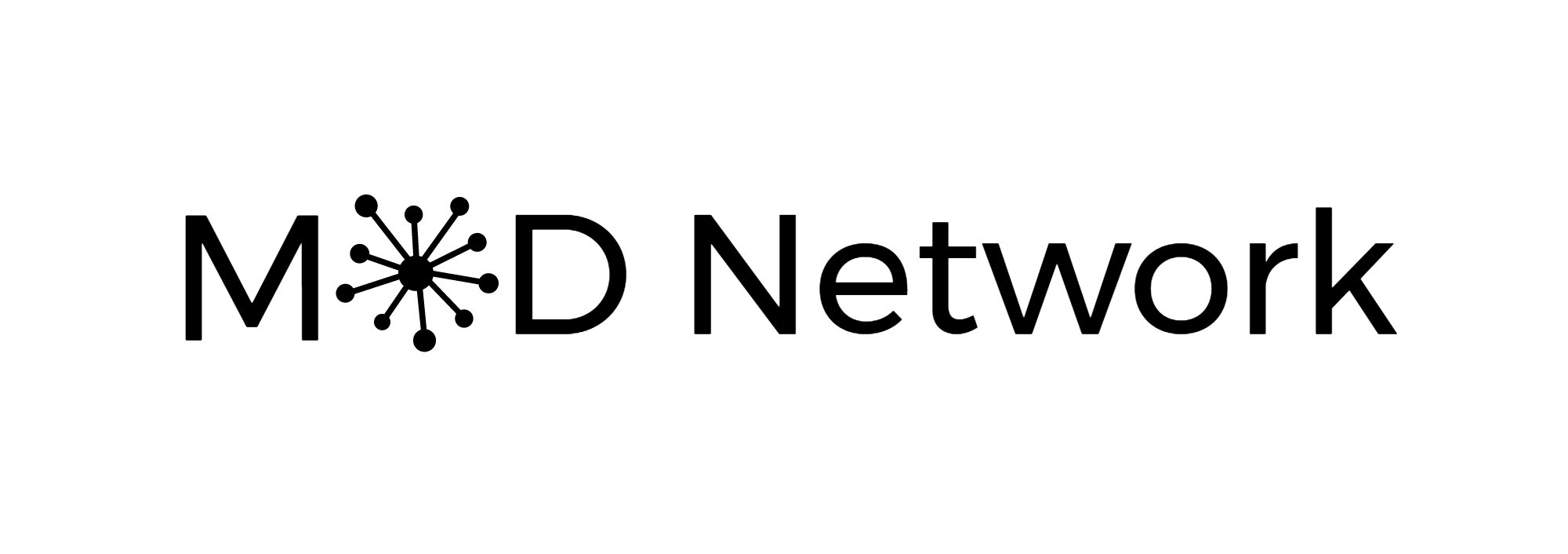Coronavirus has forced many organizations to adopt a remote work policy with almost no preparation. For some organizations, the transition seemed relatively painless with staff rolling with the punches and adapting to the changes in stride. For others, the sudden shift in service delivery and process adjustment is still a challenge. We have been operating in uncertainty for several weeks and will likely be in the unknown for several weeks or months more.
I'm heartened by our professional community coming forward to help each other during this uncomfortable time. Each day, I see new articles, webinars, tips, or tricks for working from home. Authenticity, empathy, and compassion are flowing out of workplaces and between industries as we try to find new and creative approaches to this unknown future. I also see many organizations struggling, whether it’s financial implications of needing to shut down, managers installing spyware to monitor employee performance, or leaders so overwhelmed with firefighting that they cannot prepare for what will happen next.
We live under great uncertainty and long for things to get back to 'normal', but the normal that we came from is gone and a new normal will take its place. When change is forced upon individuals or organizations, they can either fight back against the current or find new ways to adjust. Now is the time to think about what our new normal looks like.
Consider the following questions related to your operations before things are back to new normal...
Will everyone need to come back to the office?
Will everyone want to come back to the office?
How will staff come back to the office? What will the transition look like? Is there a re-onboarding plan?
What changes were made? Are they improvements on existing ones? Can they be formally adopted and documented?
What regular functions haven’t been getting done during this time? And what was the impact? How do you want to bring those things back (if at all)?
What new investments are needed to support the business continuity going forward?
What savings can be recognized as a result of this business model changing?
Do the performance metrics for our business units and/or individual staff need adjustment based on our experience of what we've seen?
Which teams thrived under your remote strategy and which ones did not? For those that struggled, try to pinpoint their specific challenges related to their people, processes, and/or technologies.
What additional training/coaching/mentoring do managers need to manage performance rather than attendance?
What additional training/coaching/mentoring do staff need about new processes, technology, service frameworks?
How can we assess and minimize the security risks with using personal devices/networks and protected information?
We can't go back into the past and rewrite our operational plans or remote work strategies. However, we can set the stage for the future. A new precedent is being set for how work can be done and it's up to the Senior Leadership to identify future business operational models. It starts with simple conversations around what is working today and how it can be improved. Together, we can make this change easier and reinvent how our businesses operate.
